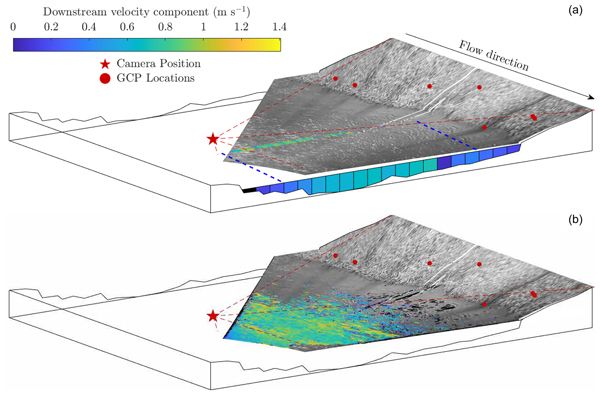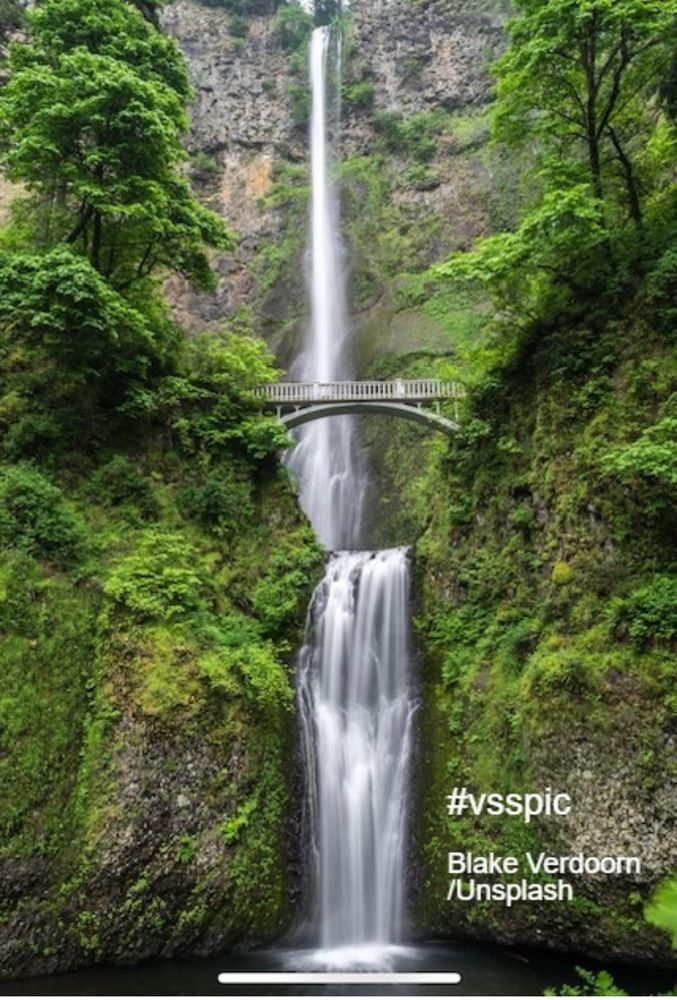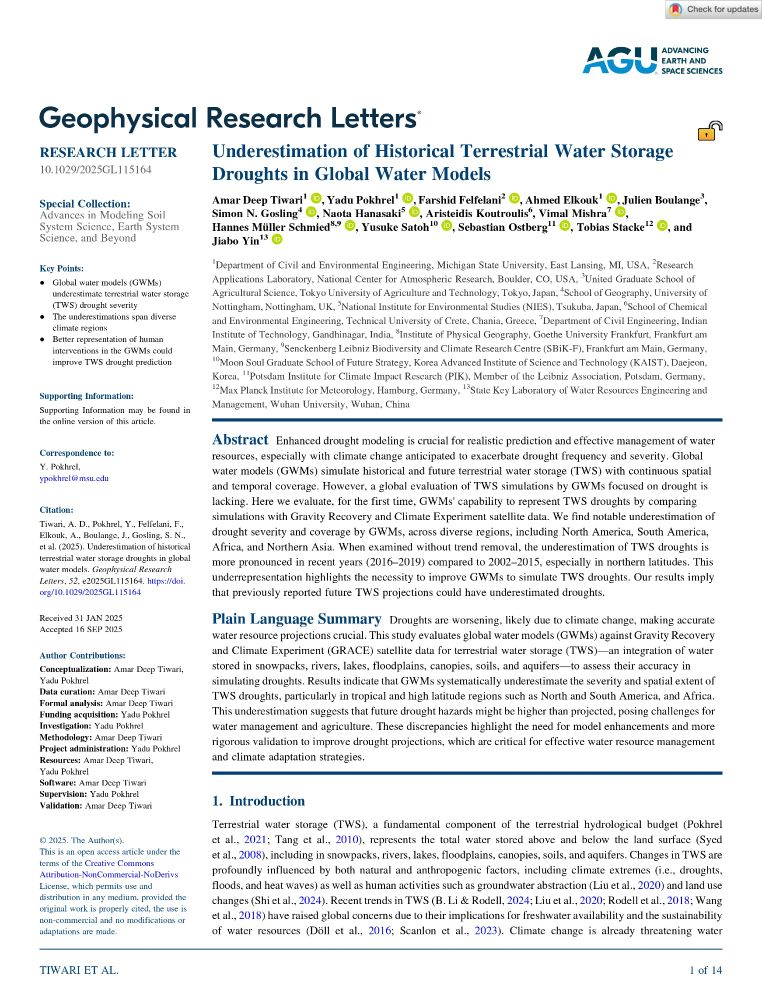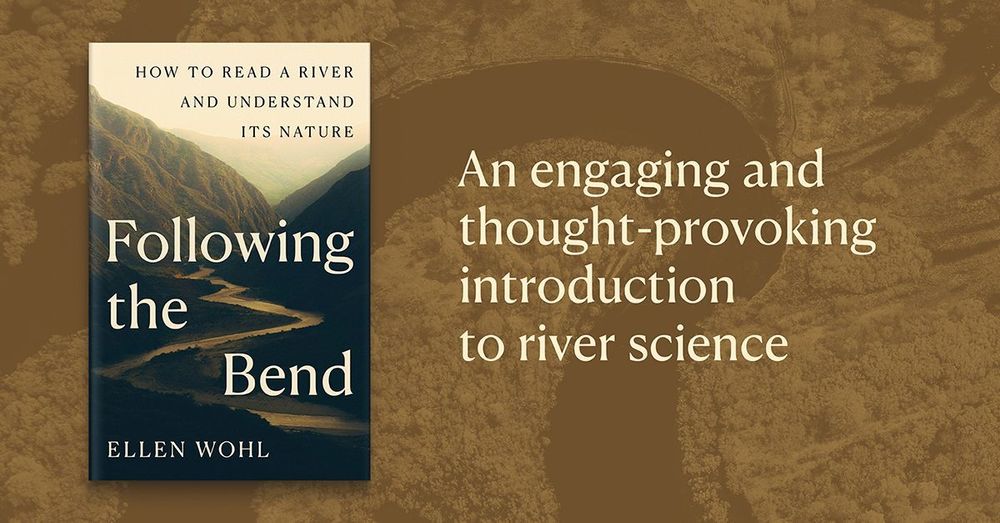KinarNicholas.bsky.social
@kinarnicholas.bsky.social
810 followers
870 following
720 posts
Hydrology Paper of the Day / Fellow of the Royal Geographical Society / Professor / Researcher / British Columbia, Canada. 🇨🇦 🇺🇦
Posts
Media
Videos
Starter Packs
Pinned
Ryan Shojinaga
@shojiwan.bsky.social
· Apr 18

The effects of climate and geomorphology on bankfull conditions in subtropical Australian streams
Southeast Queensland (SEQ), Australia.Bankfull conditions are used to derive stream properties, such as bankfull discharge and interval of recurrence,…
www.sciencedirect.com
Reposted by KinarNicholas.bsky.social
Reposted by KinarNicholas.bsky.social
CatchmentSci
@catchmentsci.bsky.social
· Aug 14

Unsupervised image velocimetry for automated computation of river flow velocities
Abstract. Accurate, long-term measurements of river flow are imperative for understanding and predicting a broad range of fluvial processes. Modern technological advances are enabling the development ...
hess.copernicus.org
Reposted by KinarNicholas.bsky.social
















